Overview
What is a Sensor Network?
Sensor Networks form the core of the Internet of Things (IoT) market. Any connected devices that gather or produce data can be considered part of a Sensor Network.
Examples of industries adopting Sensor Networks:
- Environmental Quality
- Healthcare
- Hospitality
- Manufacturing
- Oil and Gas
- Sports and Entertainment
- Transportation
- Warehousing
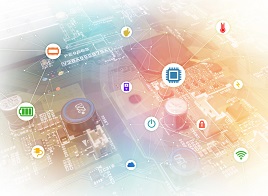
Applications
Applications for sensor networks are broad, and may range from gathering simple temperature and humidity measurements to cold chain monitoring, logistics and high-value asset tracking, industrial process control, and transit system management.
Applications typically require not only sensor devices, but connectivity infrastructure, cloud services, mobile apps, and other processing and storage systems. Due to the large volume of data generated by sensors, network edge processing has also become an important component of network system architecture.
Design Considerations
A variety of factors can influence the design choices made in building a sensor network:
- Sensor device selection
- Connectivity options
- Data handling
- Application or solution integration
- Security and privacy
- Access and management
- Maintenance and software upgrades
Sensor devices are becoming increasingly inexpensive, but quality, power consumption, accuracy, and range vary. Basic quality testing can help eliminate marginal sensors, save time and cost, and increase the operating life of the system.
Connectivity has an enormous impact on sensor and network compatibility, and security. Although multiple connectivity options exist, many sensors have been integrated with Bluetooth Low Energy® for compatibility with SmartPhones. Bluetooth adds nominal cost to most sensors, and guarantees compatibility across Bluetooth certified devices. The main limitation is range; typical connections are limited to 100m or so. Newer technologies (e.g. Bluetooth 5, smart antennas) are extending this significantly, but not all devices have yet adopted these advances.
Data handling refers to data collection, processing (filtering or reduction), and storage. Sensors can generate a large amount of data. One simple temperature sensor that sends temperature and humidity information each second may easily generate over 1GB per year in raw and meta data. In a complex network with thousands of sensors, this can quickly reach TBs of data. Both bandwidth and storage costs can be reduced by pre-processing sensor data on devices that connect to sensors (sensor gateways) or on network edge processing systems. Although the latter adds an extra layer of complexity to the system, edge processors can also provide analytics and database services, further reducing the load on upstream systems.
Sensor data are ultimately integrated into applications. The ease (or complexity) in doing so depends upon the APIs for both the devices which gather sensor data and the application. Many sensor data collectors provide APIs to retrieve sensor data, and others to send it directly to other services or programs so that no intermediate storage is required. Vendor APIs and case studies can help to scope the effort required to integrate sensors into a new or existing application.
Connection of sensors across public networks is relatively new, and secure practices for doing so continue to evolve. Sensor gathering devices should at a minimum use standard authentication and encryption techniques to guard the security and privacy of data, and protect devices from being spoofed or misused. Better control of security may be possible if data is gathered and routed through existing infrastructure instead of user SmartPhones. This also makes 24x7 access and management possible.
Sensors and sensor management devices typically require some maintenance, whether this is periodic battery changes, software updates, or locating and fixing problems where data is no longer being received. As sensor networks become more complex, automated methods for management, and detecting and performing maintenance become increasingly valuable in reduced costs and downtime. Leveraging existing connectivity infrastructure enables more standardized tools to be used for management and maintenance.
Deployment Scenarios
One Sensor
A simple sensor network might contain a Bluetooth Low Energy® temperature sensor connected to a SmartPhone.
This configuration can be setup by an end-user in minutes, and operated through a mobile app. The temperature can be monitored directly from the SmartPhone when within range of the temperature sensor.
Some sensors and apps may also allow data to continue to be received in the background while other apps are running, so that notifications can be sent if a temperature falls outside of a predefined range or a rapid change is detected.

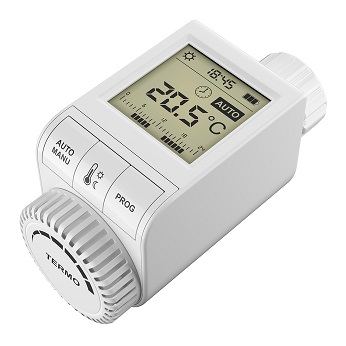
Complex Sensor Network
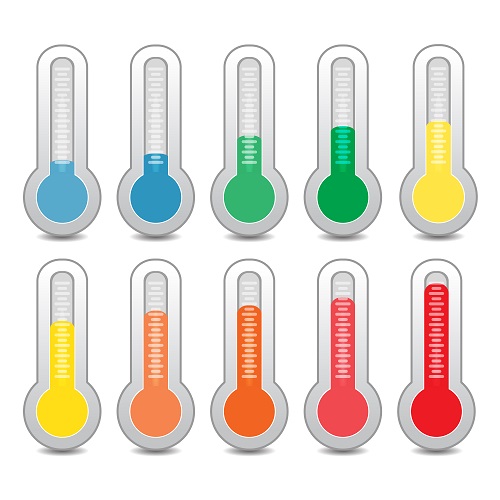
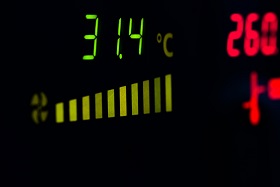
Larger sensor networks containing multiple sensors (possibly of different types) are likely to be treated differently.
Data may need to be available 24x7 and reliability and security emphasized more. Sensors may need to be ruggedized. If battery powered, larger batteries may be needed to reduce battery replace maintenance visits.
To insure continuous availability and provide remote access and management, sensor gateways can replace SmartPhones. Gateways normally attach to existing connectivity infrastructure (e.g. Wi-Fi or Wired routers), but can also be configured on a separate network dedicated to sensor data.
Network Scaling
As the number of sensors grows, different networks configurations arise to meet the challenges posed by handling large numbers of devices and increased areas of coverage:
Single Gateway
Handles a small number of sensors in the same wireless area of coverage.
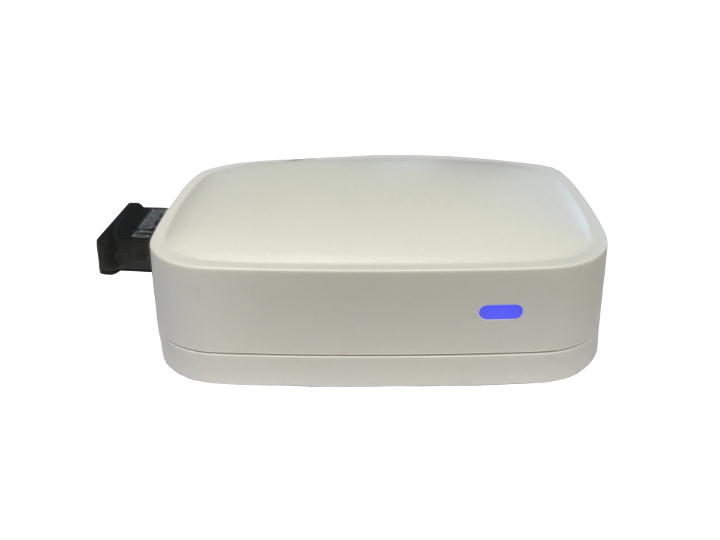
Multiple Gateways
Handle a larger number of sensors which may also be in different wireless areas of coverage.


Multiple Gateways with Handoff
Seamlessly handle sensors which can move between different wireless areas of coverage (different gateways).



Edge Servers
Mediate between gateways and application infrastructure, providing security, and locality of processing and storage services for reduced cost and increased performance.
Products and Solutions
For Bluetooth Low Energy ® connected sensors, Netrunr gateways can scale from one device and area of coverage to thousands of devices deployed throughout multiple regions.
A Netrunr gateway supports a cluster of devices within its coverage region.
See Netrunr
If you have any questions about building or managing Sensor Networks, please contact us at info@axiomware.com